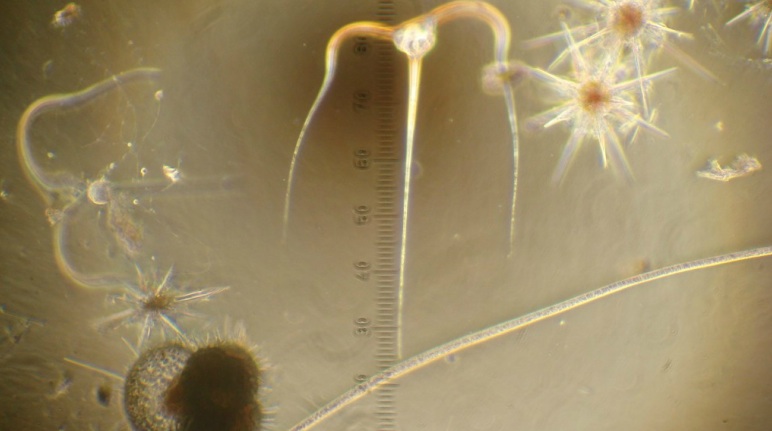Angelicque White’s science is strictly down to Earth. The assistant professor in the College of Earth, Ocean, and Atmospheric Sciences aims to reveal how plankton consume and release nutrients such as nitrogen and phosphorus and how, in turn, these abundant organisms respond to variations in temperature and water chemistry.





